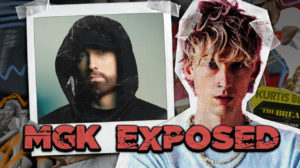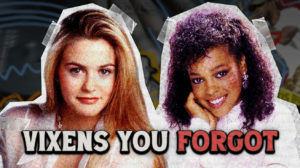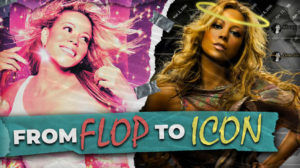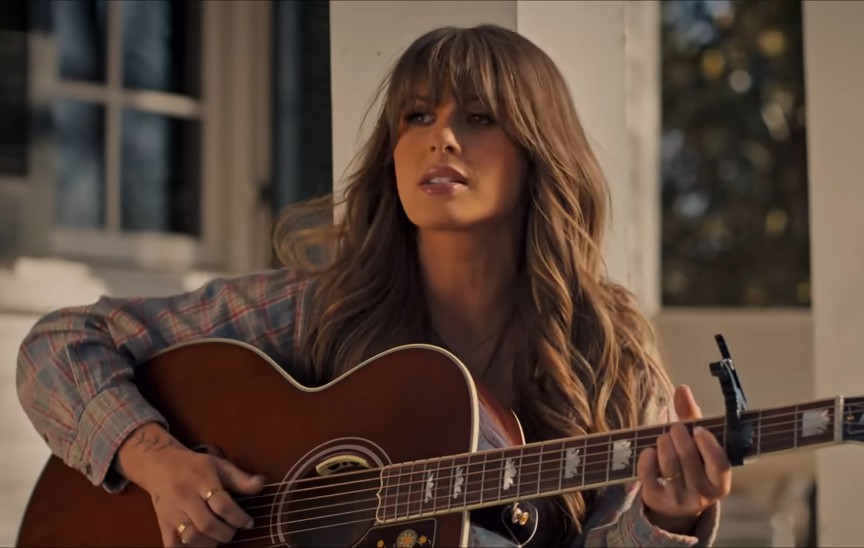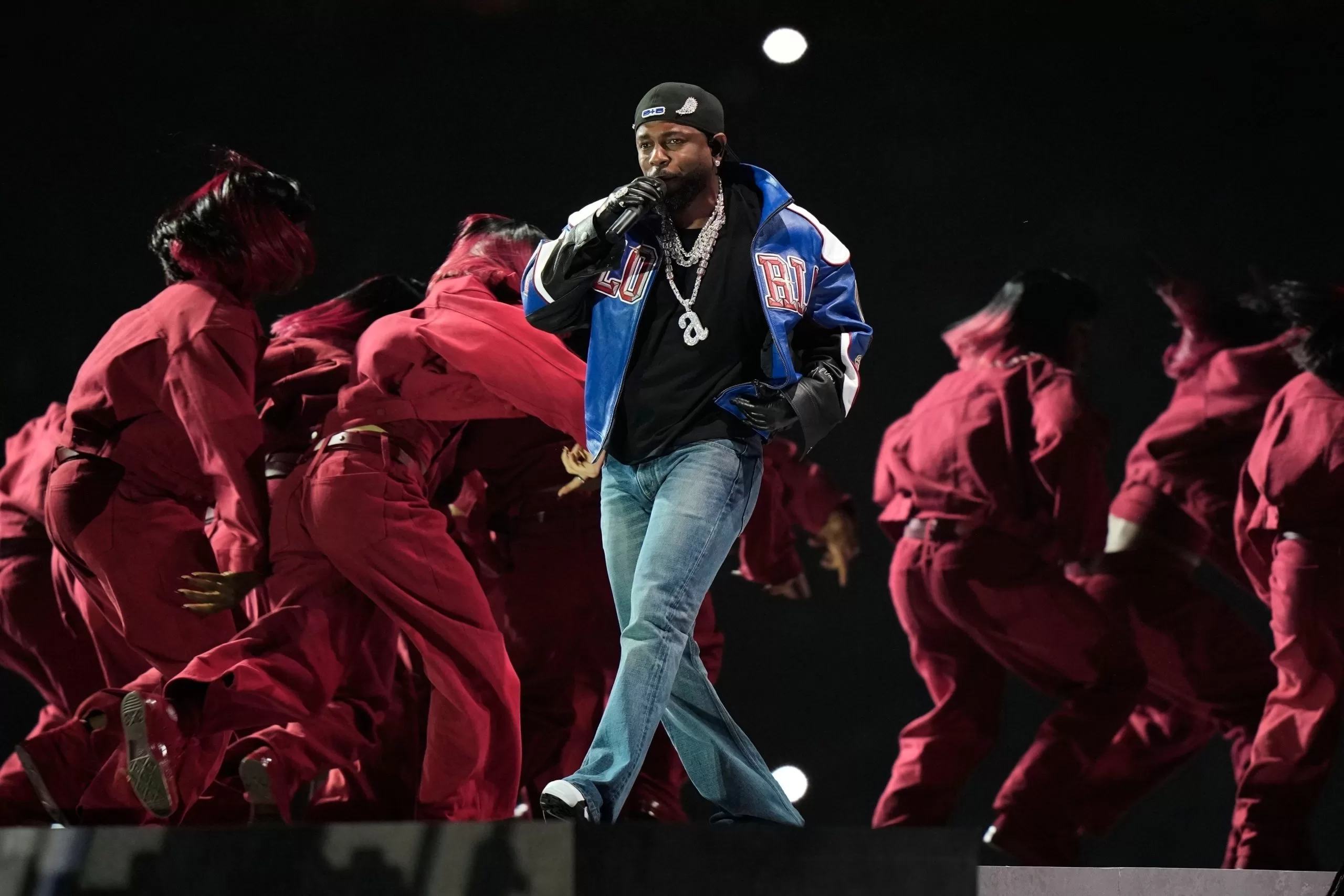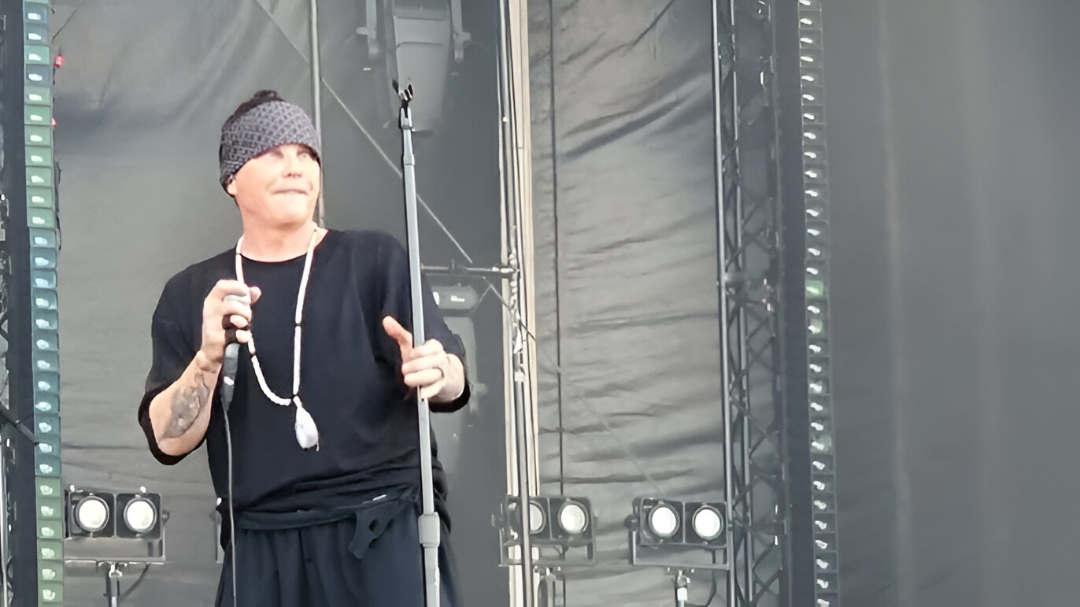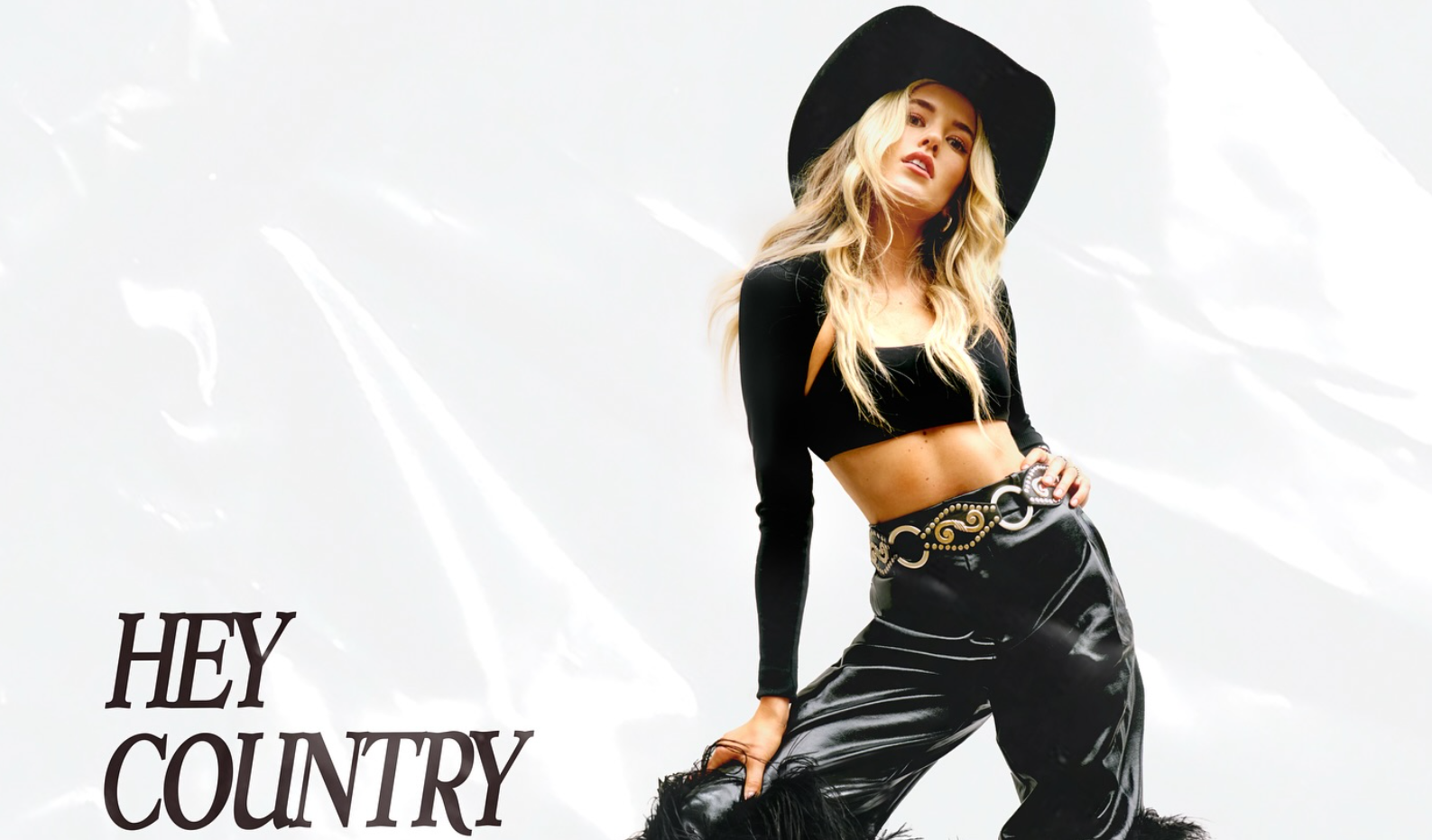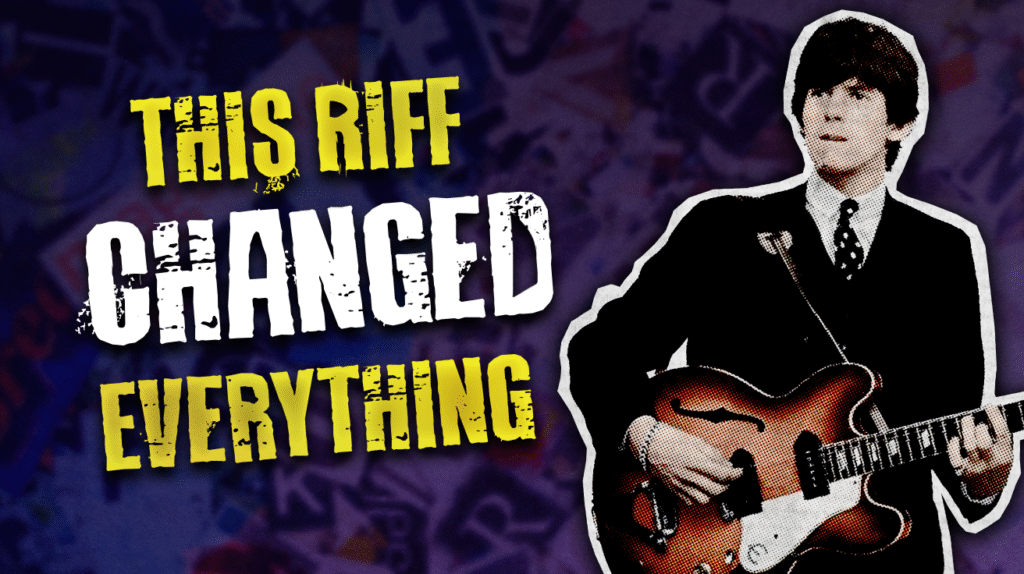
The summer of 1965 wasn’t just another season. It was the moment when everything shifted. Music went electric. Fashion became art. Youth culture exploded. Here’s how three months changed the world forever.
6. Dylan Went Electric and Folk Fans Lost Their Minds
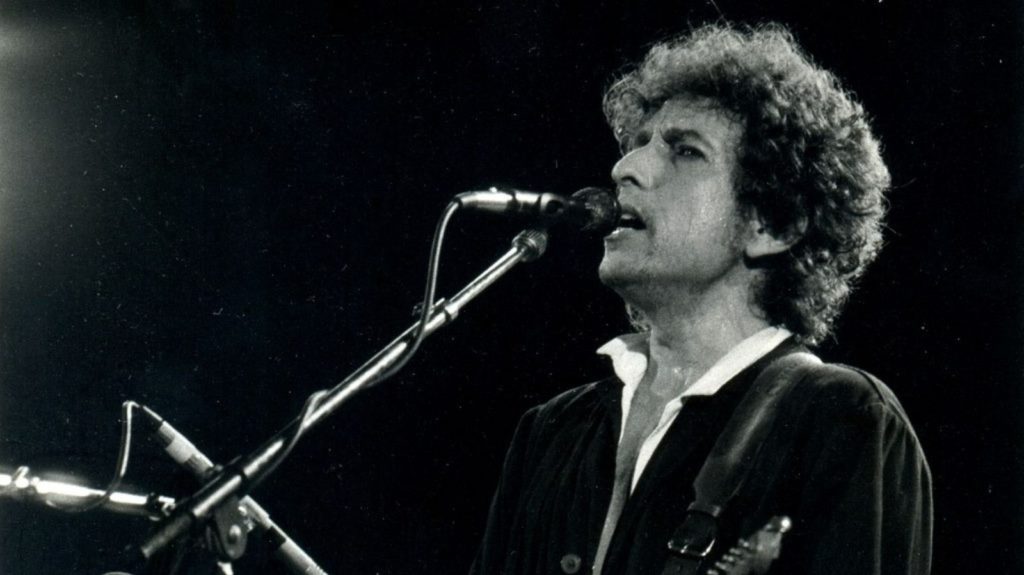
July 25, 1965. Newport Folk Festival. Bob Dylan walked onstage with a Fender Stratocaster and blew up folk music forever.
“Like a Rolling Stone” blasted from the speakers. The crowd erupted—half cheering, half booing. Dylan left the stage after three songs, then returned for an acoustic encore. He ended with “It’s All Over Baby Blue.” The message was clear: folk Dylan was dead.
The six-minute song hit #2 on the Billboard charts. Rolling Stone later ranked it the greatest song of all time. Dylan called it his “breakthrough” moment. Folk purists called it betrayal. Dylan didn’t care
5. Radio Played Everything
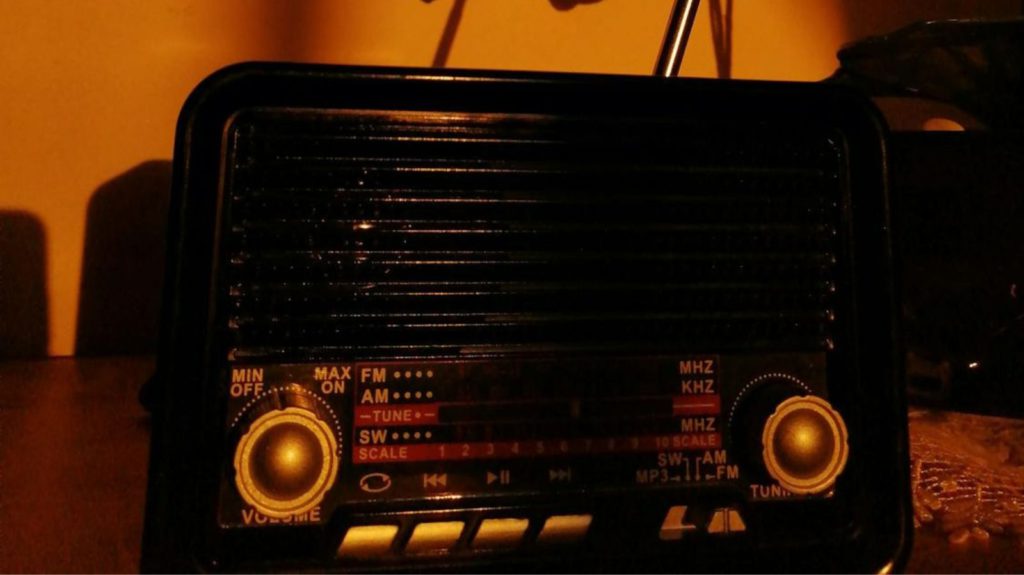
Music variety exploded beyond recognition. Elvis crooned “Crying in the Chapel.” The Four Tops pleaded “I Can’t Help Myself.” Sam the Sham sang “Woolly Bully.”
The Animals urged “We Gotta Get Out of This Place.” The Beach Boys harmonized “Help Me Rhonda.” The Yardbirds rocked “Heart Full of Soul.” Donovan offered mellow vibes with “Colors.”
Music variety exploded with hundreds of different singles getting airplay that summer. Music had democratized. Anyone could find their sound.
4. Style Tribes Chose Sides
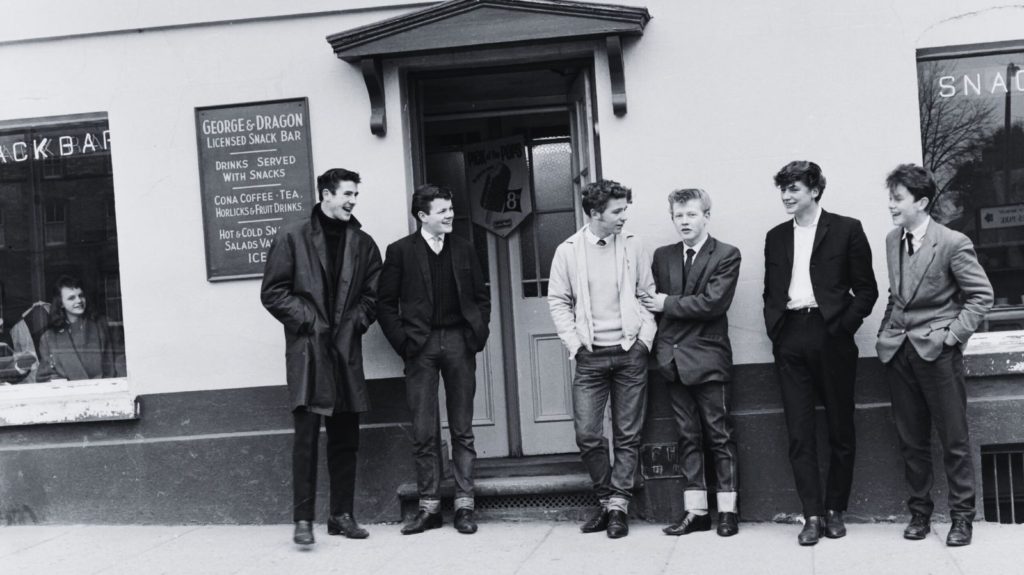
California’s surfer culture clashed with London’s Mod scene . Both screamed rebellion, but in different languages.
Surfers wore loose shirts and sun-bleached colors. The Beach Boys provided the soundtrack. Mods chose slim Italian suits, narrow lapels, and Chelsea boots. Bright colors marked their territory. The Who and Small Faces supplied their beat.
Boutiques like John Stephen thrived on Carnaby Street. Each style tribe had its own uniform, its own music, its own way of rejecting the past.
3. The Stones Found Their Sound
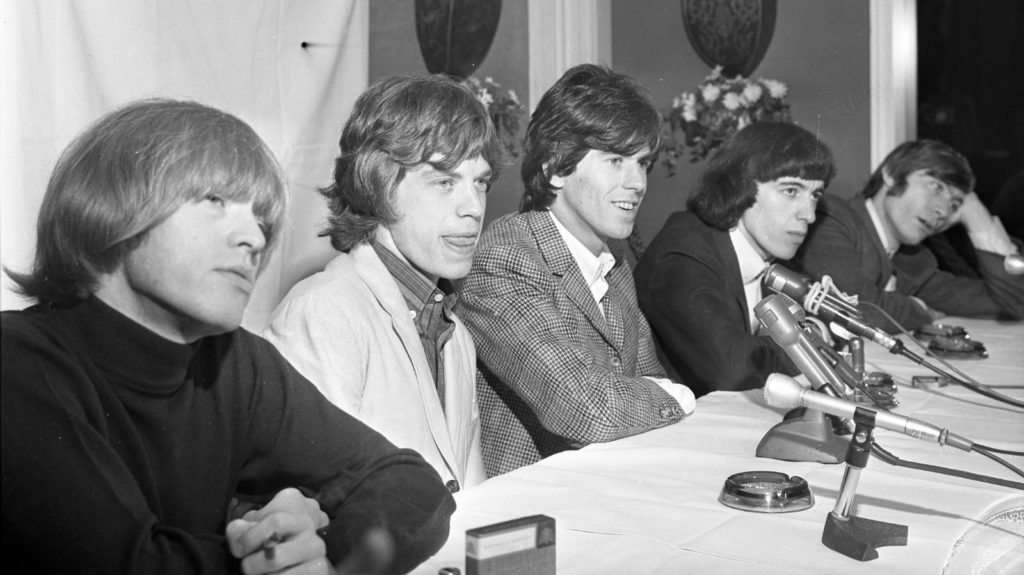
“(I Can’t Get No) Satisfaction” dominated radio waves that summer. The riff was simple but deadly. Keith Richards wrote it in his sleep—literally. He woke up to find it on his bedside recorder.
The song topped charts in four countries. It became the Stones’ first #1 hit in America. More importantly, it captured teenage frustration perfectly. Every kid who felt trapped by adult expectations had found their anthem.
2. London Became Music’s Capital
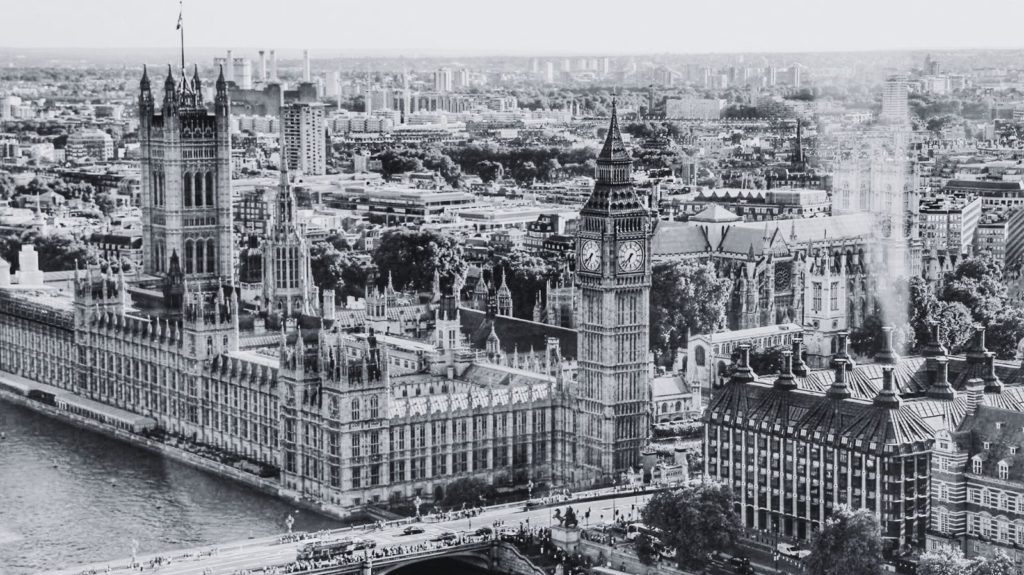
Every corner of London throbbed with sound. The Marquee featured The Moody Blues and Rod Stewart. The Flamingo showcased John Mayall’s Bluesbreakers. The Manor House hosted The Who.
Record Mirror teased The Beatles’ upcoming “Help!” The Rolling Stones announced their autumn tour. The Birds launched their English tour. London music’s global capital. London had become music’s global capital.
Small venues meant intimate connections between artists and fans. You could touch the stage where The Who played. That proximity created magic studios couldn’t capture.
1. Everything Connected
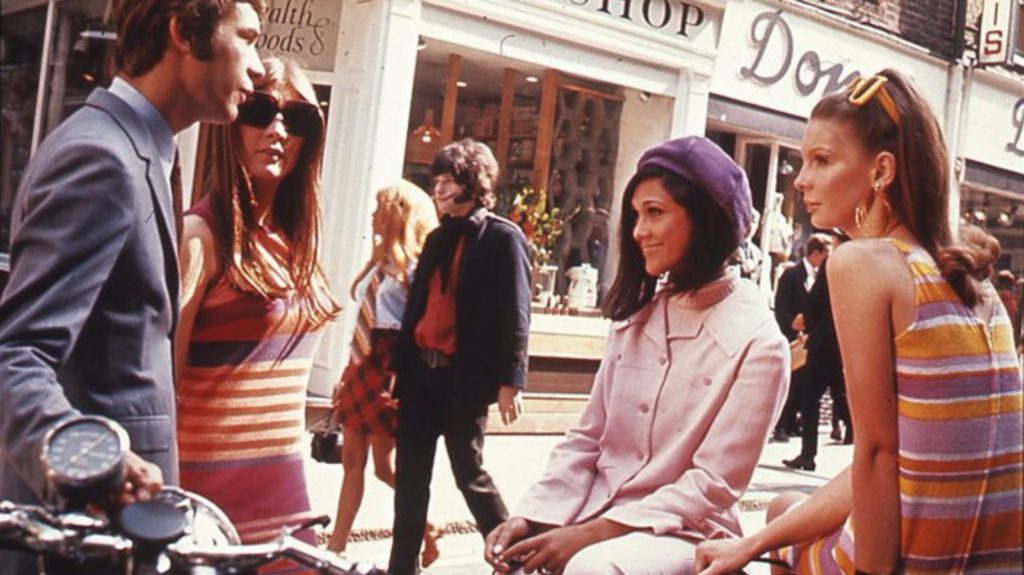
The summer of 1965 wasn’t about individual trends. Everything connected. Fashion reflected music. Music drove fashion. Both challenged authority.
Dylan’s leather jacket matched his electric sound. Mod suits complemented The Kinks’ sharp rhythms. Surfer style echoed The Beach Boys’ harmonies. Each choice was a statement.
Young people created their own culture for the first time. They didn’t wait for adults to approve. They grabbed guitars, bought bold clothes, and changed the world in three months.
The Summer of Love gets the headlines. But the real revolution started in 1965. That’s when youth found its voice—and turned up the volume.




